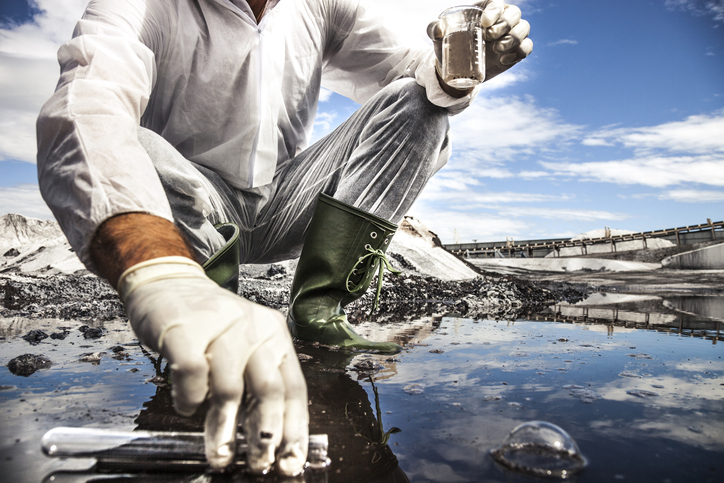In March 2019, we posted about the strategy behind the Long Island water districts’ 1,4-dioxane litigations against major manufacturers—and then in October 2019, we followed that post with another report on the increasing number of those suits , which became the subject of a 12(b)(6) motion to dismiss. These suits filed by public water suppliers seek to recover costs against major manufacturers and promoters of the chemical for the design, construction, installation, operation, and maintenance of water treatment facilities and equipment required to remove …
Continue Reading






